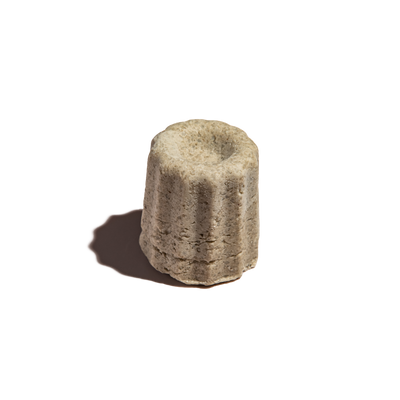Decoding the label: Mineral vs Chemical Sunscreen
Let us start off by saying that wearing sunscreen is a daily essential. Even if you are indoors all day. Research has shown that sunscreen not only reduces skin cancer risk but also helps to prevent premature skin ageing caused by ultraviolet (UV) rays from the sun. In short, you need to wear sunscreen every day if you want your skin to stay youthful and healthy.
Sunscreen options may seem endless, with many different brands, formulas and ingredients to sift through. We are here to help you decode the label and highlight the most common ingredients in sun care products found out in the wild!
We have to first introduce the 2 main types: MINERAL VS CHEMICAL
MINERAL - a Million Mirrors
Think of these as sunscreens with little mirrors that sit atop your skin reflecting ultraviolet radiation away from your skin. The mirrors are made up of ingredients like titanium dioxide or zinc oxide.
Main active ingredients: Titanium Dioxide and Zinc Oxide
Titanium Dioxide Natural metal element that's also used as a white pigment in food colouring and skincare.
Zinc Oxide It is an odourless, white powder that is naturally occurring in the mineral zincite. Commonly used to treat minor skin irritation and helps to form a physical barrier to block out UV rays.
Efficacy: Immediate
Pros: Work immediately upon application and last longer in direct sunlight, meaning they require less frequent reapplication compared to chemical sunscreens.
These sunscreens are gentle enough for children and those with sensitive skin.
SPF (sun protection factor)
Broad spectrum
Protection against both UVA and UVB radiation. Both types of UV rays penetrate the skin and cause skin damage that can lead to skin cancer.








